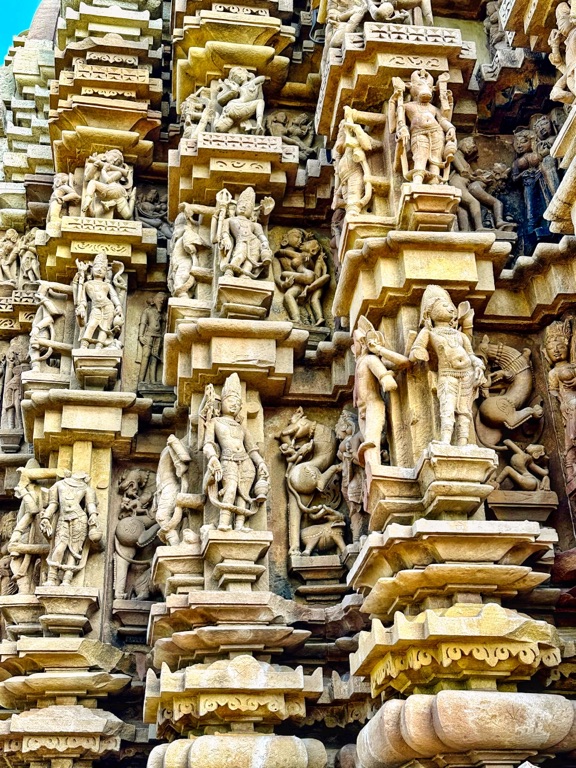Summary
The Architectural Splendor of Duladeo Temple
Located in Khajuraho, India, the Duladeo Temple stands as a testament to medieval Indian architecture. This temple, dedicated to the god Shiva, showcases intricate stone carvings and elegant sculptures. The Duladeo Temple is part of the Khajuraho Group of Monuments, a UNESCO World Heritage Site. Visitors marvel at its detailed artwork depicting various deities, celestial maidens, and the famous erotic sculptures. The temple’s design follows a classic five-part layout, emphasizing symmetrical aesthetics. Those interested in history and architecture find Duladeo Temple a well-preserved example of the Chandela dynasty’s ingenuity and devotion.
Get your dose of History via Email
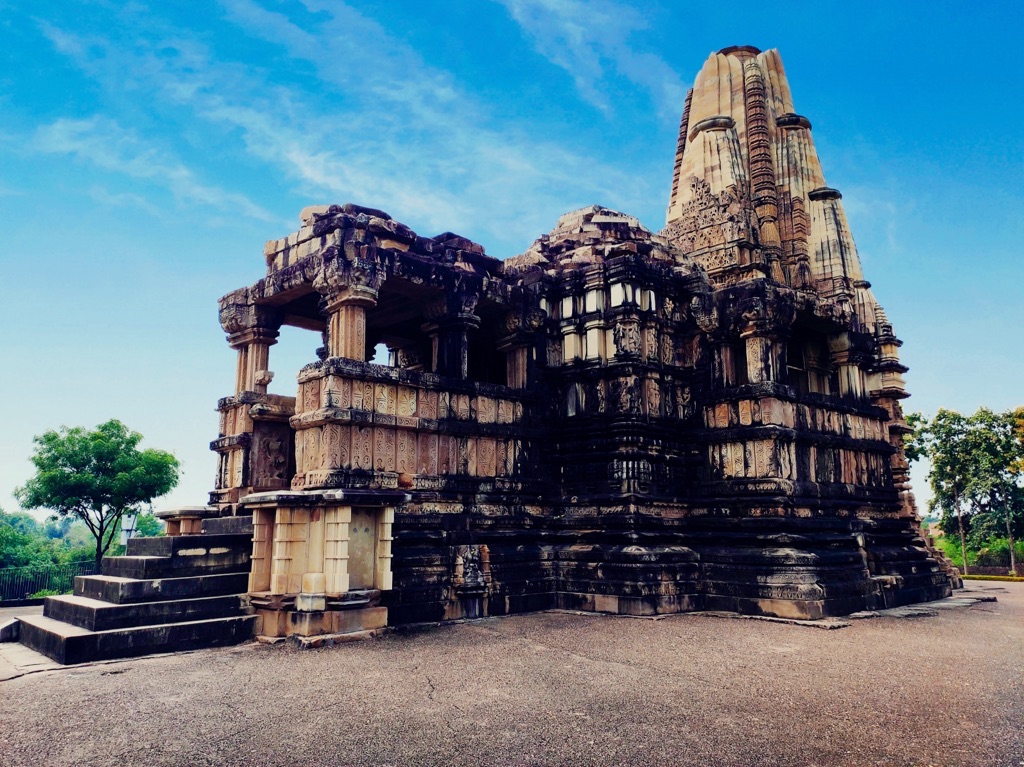
Cultural Heritage and Significance
Duladeo Temple is not just an ancient structure; it’s a cultural chronicle carved in stone. Its walls narrate tales from Hindu mythology, bringing myths to life for visitors from around the world. The temple stands as a reminder of the Chandela dynasty’s golden age, reflecting social and religious practices of the time. It plays a crucial role in India’s cultural and spiritual landscape. The harmonious blend of art and spirituality makes it a pivotal study for enthusiasts of religious studies. The temple’s legacy continues to influence modern interpretations of spirituality and artistic expression in contemporary India.
Experience and Accessibility for Visitors
Today, Duladeo Temple is accessible to a global audience, offering a unique glimpse into India’s past. Its remote location in Khajuraho ensures that the site remains unspoiled by urban development. With facilities in place to educate visitors, the temple remains a favorite for scholars and tourists alike. Its serene atmosphere provides a peaceful escape, inviting introspection and exploration. The local government has made significant efforts to preserve the integrity of Duladeo Temple, ensuring its survival for future generations to appreciate and learn from its timeless beauty and historic value.
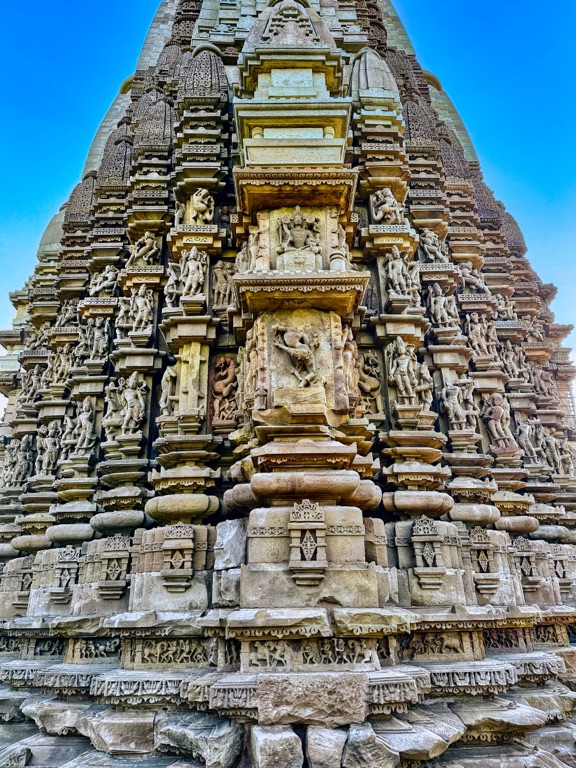
Historical Background of Duladeo Temple
Origins of The Temple
The Duladeo Temple is a historical jewel in Khajuraho, Madhya Pradesh, India. Scholars date its construction to the late 11th century during the Chandela dynasty rule. The temple is dedicated to Lord Shiva and reflects the dynasty’s strong religious devotion. Archaeologists suggest it was one of the last monuments built in the Khajuraho area. The name ‘Duladeo’ translates to ‘Holy Bridegroom’ and refers to Lord Shiva. The temple symbolizes the marital bond between Shiva and his consort, Parvati. This connection is noticeable in the temple’s sculptural themes.
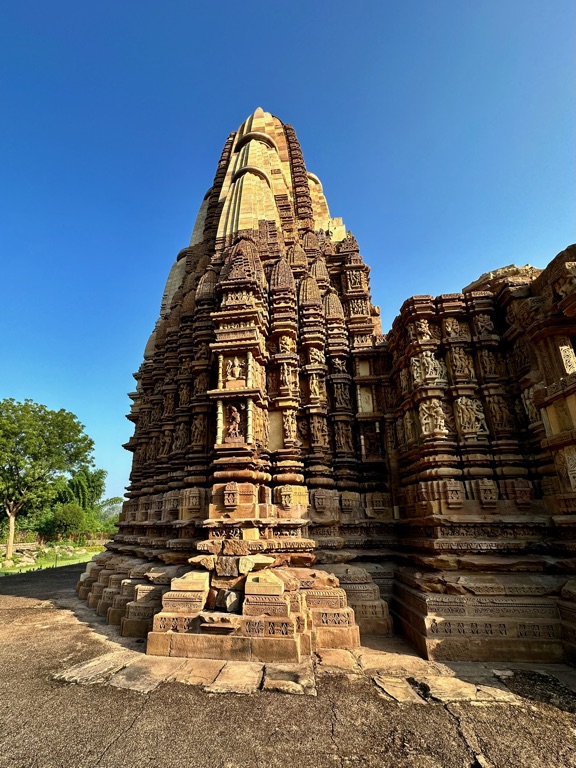
Architectural Evolution
Duladeo Temple showcases a matured style of Chandela architecture. It presents a complex yet harmonious combination of artwork and structural design. The temple features a ‘shikhara’ or spire, which is tall and elaborately carved. Visitors today can see the distinct elements, like the ‘mandapa’ (hall), ‘ardha-mandapa’ (entrance porch), and the ‘garbha-griha’ (sanctum sanctorum). This refined articulation of space is a testament to the advanced state of architecture at that time. It points to the skilled craftsmanship of its builders and their ability to create lasting beauty in stone.
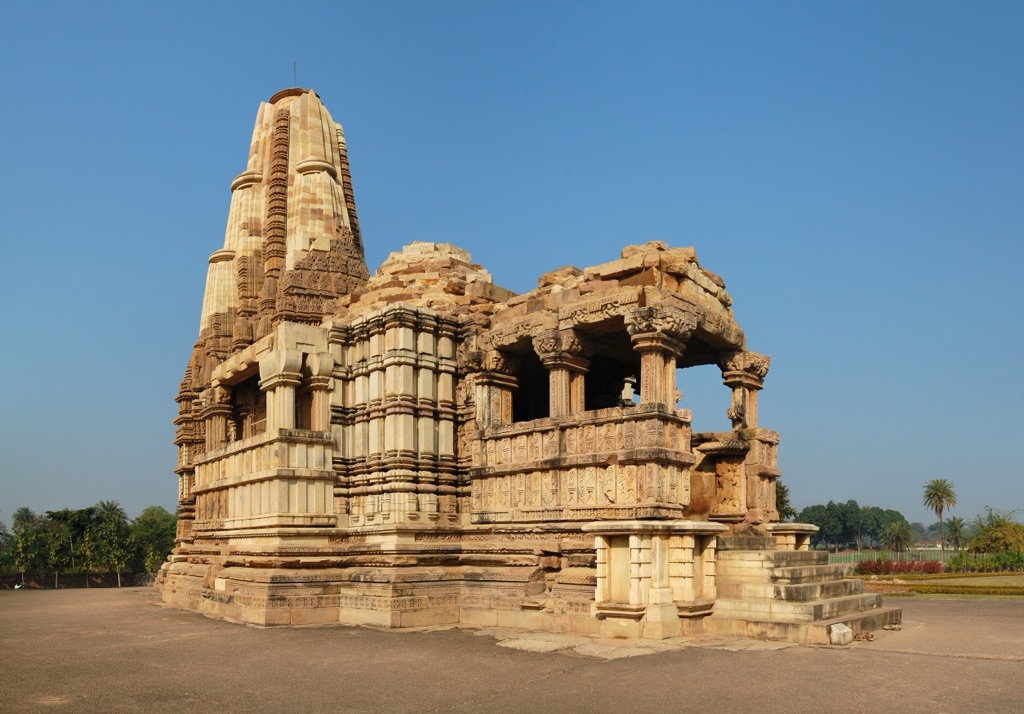
Cultural Significance Through Sculptures
The Duladeo Temple’s real marvel lies in its intricate stone carvings. These sculptures depict various aspects of life, including music and dance. Erotic sculptures on its outer walls are famous worldwide. They represent the acceptance of human desires and the balance of worldly life with spiritual pursuits. These carvings are an integral aspect of understanding the culture and society of that era. They hint at a time where artistic expression flourished under royal patronage.
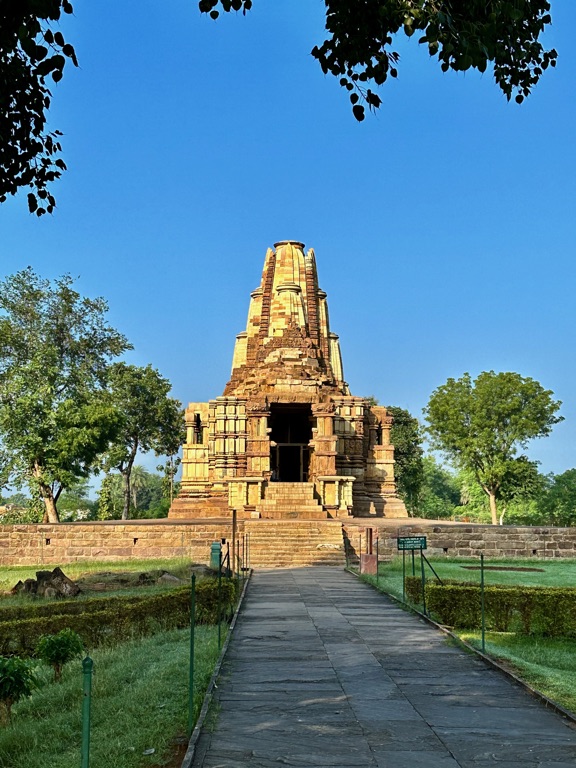
In its historical context, the Duladeo Temple also played a social role. Its presence enabled religious practices and served as a cultural hub for the local populace. Even in ruin, the temple continues to be an important pilgrimage site for Shaivites. Festivals and traditional events often take place around its grounds. This demonstrates the living cultural heritage associated with the Duladeo Temple.
The preservation efforts for the Duladeo Temple reflect its importance as a cultural relic. Indian authorities and global organizations have worked to maintain its integrity. The temple is a destination for global visitors interested in ancient history and architectural splendor. Its intact structures and sculptures act as primary sources for historians and architects. The Duladeo Temple stands as a silent narrator of the Chandela dynasty’s grandeur. It invites admirers to delve into India’s rich past.
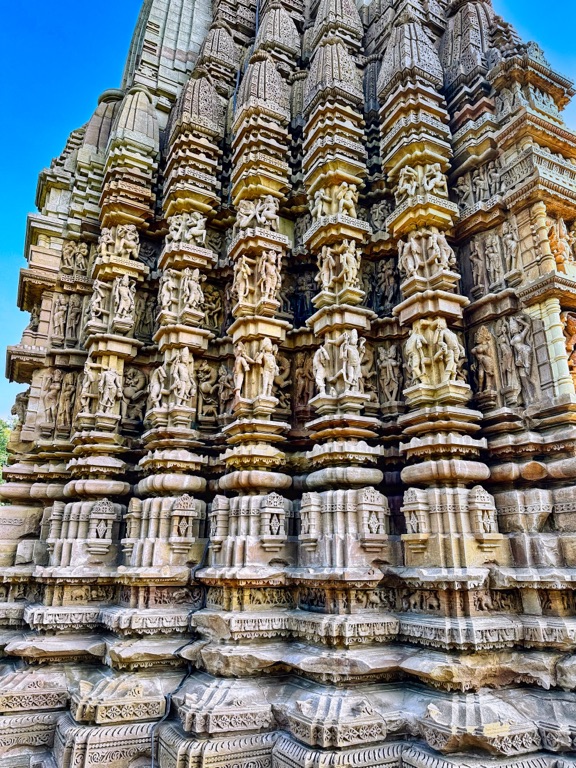
The Discovery of Duladeo Temple
The Initial Unveiling
The lost temples of Khajuraho, including Duladeo, were brought to public attention by British engineer T.S. Burt in the 1830s. Burt had been surveying for the British government when chance led him to the site. Amidst the dense forests, he uncovered the temples. His discovery shed light on the Chandela dynasty’s architectural prowess. The temples had remained hidden for centuries, only known to the surrounding jungle and local villagers. Burt’s findings sparked a renewed interest in India’s ancient history.
Local Lore and Attention
Local legends had long spoken of the sacred temples lost over time. These stories, passed down through generations, kept the memory of Duladeo alive. After Burt’s discovery, the temples swiftly gained attention from historians and archaeologists. Detailed explorations followed his initial report. Researchers began to excavate and study the complex, which led to broader recognition of the site’s historical importance.
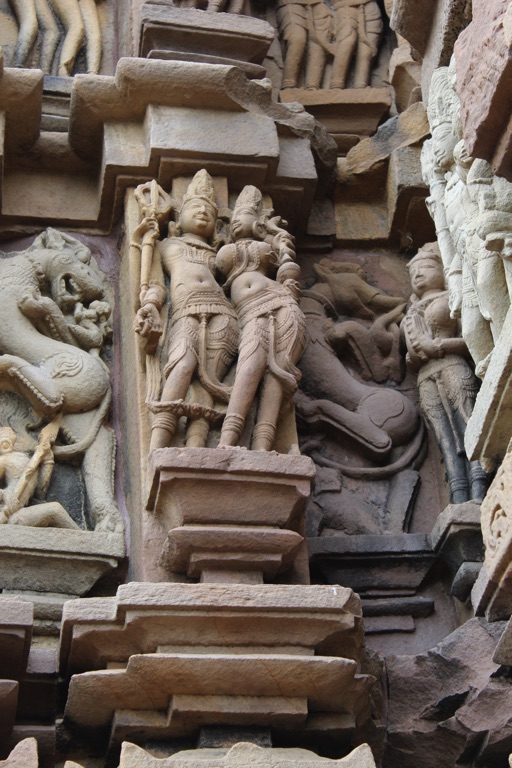
Wider Recognition and Preservation
The Archaeological Survey of India took up the mantle to preserve and restore Duladeo Temple, post-discovery. They faced the colossal task of freeing the sculptures from the overgrowth. Their efforts unveiled the full splendor of the site. Duladeo Temple, along with the other Khajuraho temples, was declared a UNESCO World Heritage Site. This status has helped in its preservation and global recognition.
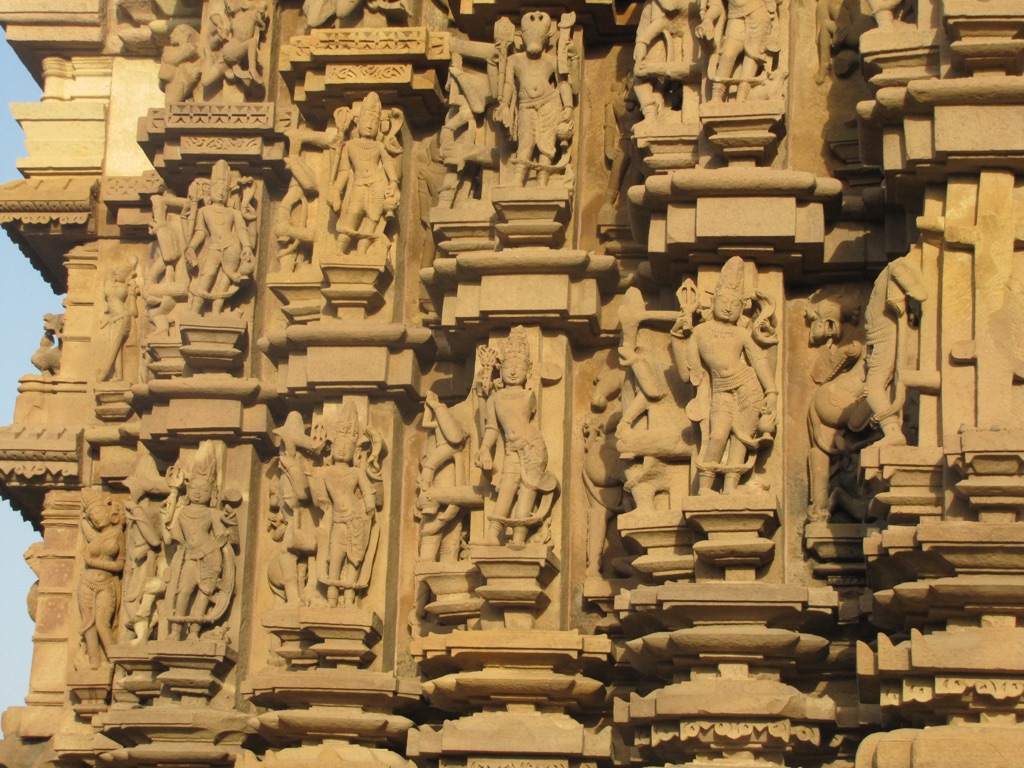
Subsequent works on the temple site have revealed more about Chandela society and culture. Restoration projects not only saved the architecture but also the deeply carved narratives on the temple walls. These stories depict scenes of music, dance, and ritual. Efforts to maintain the site continue as more discoveries about the era surface. Experts from all over the world come to study its unique features.
The Duladeo Temple now stands as a monument of historical importance, renowned globally. Tourists, scholars, and devotees visit to witness its beauty first hand. The temple’s restoration gives insight into the skills and artistic vision of its creators. For India and the world, the discovery of the Duladeo Temple has been a remarkable gift from the past, inspiring awe in all who explore its sacred halls.
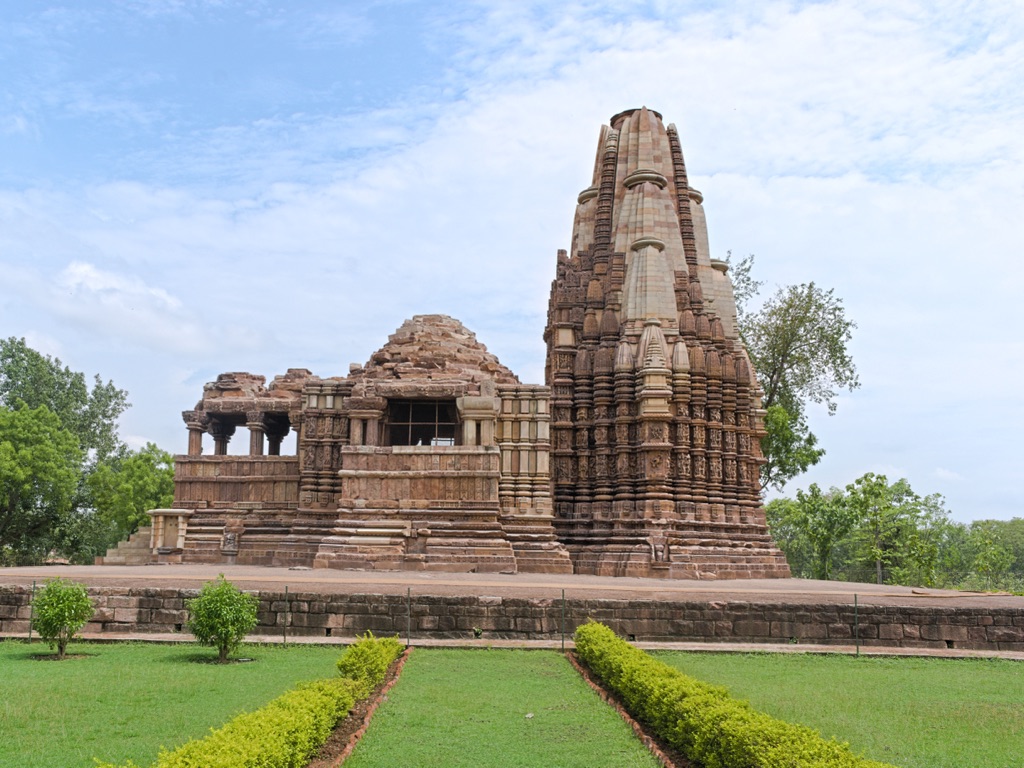
Cultural Significance, Dating methods, Theories and Interpretations
The Enduring Cultural Impact of Duladeo
The Duladeo Temple is more than an ancient structure. It is a cultural touchstone for India’s religious and artistic expression. Built by the Chandela dynasty around the 11th century, the temple carries layers of significance. Its sculptures and artwork offer glimpses into the societal norms and spiritual beliefs of the time. For modern viewers, they also provoke thought on the continuum of human experience. The Duladeo Temple serves as a learning site that connects past to present.
Deciphering the Date of Origin
Archaeologists have applied several methods to date the Duladeo Temple. Considering stylistic elements, they estimate its construction during the late Chandela period. More precise dating has been challenging due to the temple’s extensive deterioration over time. Chronological assessment through comparative analysis remains the primary tool for historians. Further scientific dating methods could provide additional insights into the precise timeline of its construction.
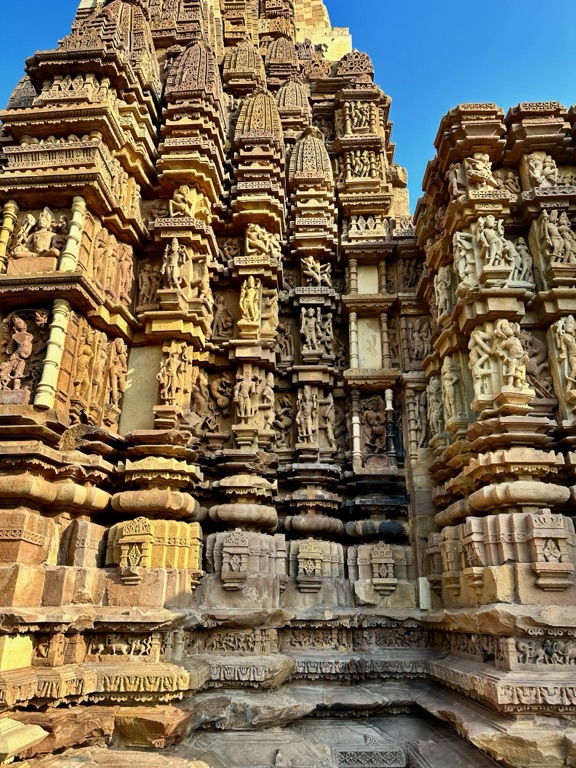
Unraveling Theories and Mysteries
Several theories exist about the purpose and symbolism of Duladeo’s design. Some suggest the temple’s erotic sculptures indicate a cult of tantrism that may have influenced the Chandela rulers. Others view them as expressions of worldly life, balanced with spiritual teachings. The complexity of the Duladeo Temple eludes a singular interpretation, pointing to a rich tapestry of history and beliefs.
Among the various interpretations of Duladeo’s symbolism, one significant theory is the temple’s alignment with celestial events. Scholars are investigating whether its construction aligns with solar patterns or religious calendars. This approach connects Duladeo to broader trends in temple architecture across ancient India, where celestial connections often played a vital role.

Duladeo Temple’s walls act as a history book of human expression over time. Today, efforts to preserve and interpret this temple remain crucial. The cultural significance of Duladeo extends into its artistry, architecture, and undecipherable enigmas. Each leads to a deeper understanding of India’s extensive, multifaceted historical narrative. The temple’s secrets continue to unfold, igniting the imaginations of those who walk its sacred halls.
Conclusion and Sources
In drawing conclusions about the Duladeo Temple, we recognize it as an enduring monument to the Chandela dynasty’s achievements in architecture, artistry, and devotion. Heritage sites like Duladeo are vital to understanding human history and cultural evolution. Comprehending the temple’s past and safeguarding its future remains of paramount importance. As a symbol of heritage, Duladeo stands to remind us of the intricate connections between faith, culture, and artistic expression.
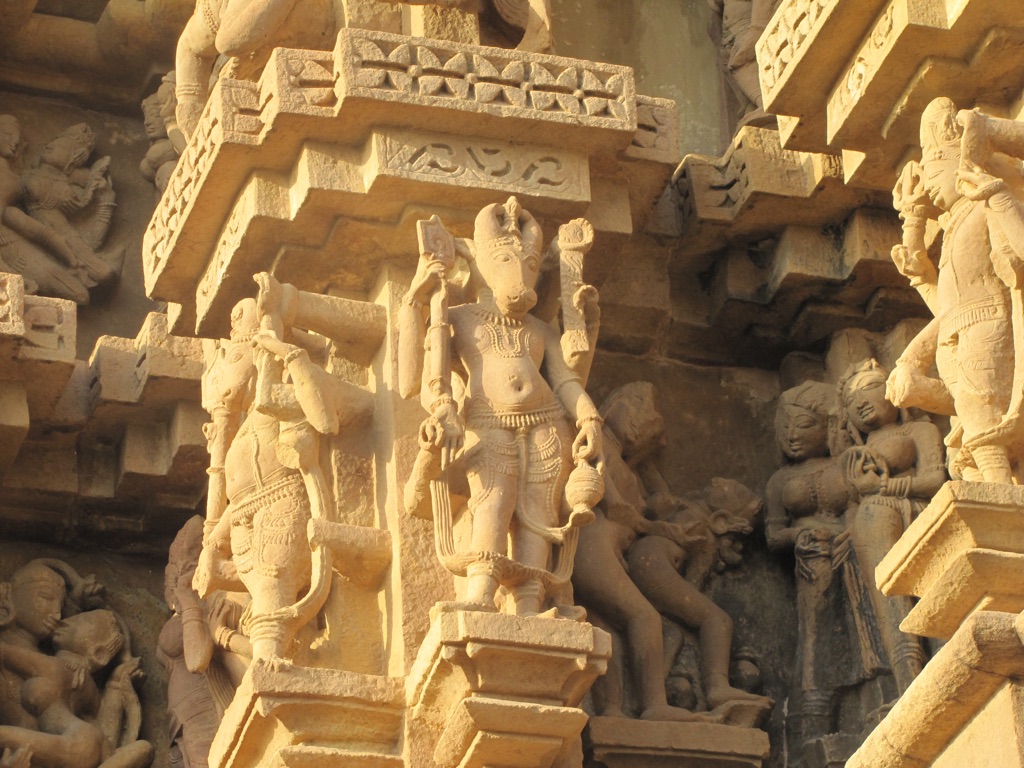
For further reading and to validate the information presented in this article, the following sources are recommended:
Or you can check any of these reputable archaeological and historical texts:
Burgess, J. (1886) ‘Report on the antiquities of the Central Provinces and Berar’, Archaeological Survey of India, West Central Circle.
Desai, D. N. (1975) ‘Khajuraho: Monumental Legacy’. Oxford University Press.
Michell, G. (1988) ‘The Hindu Temple: An Introduction to its Meaning and Forms’. University of Chicago Press.
Kramrisch, S. (1946) ‘The Hindu Temple’, Vol 1. Motilal Banarsidass Publ.

